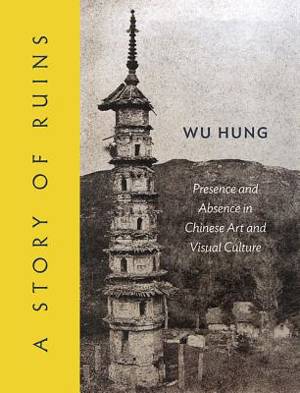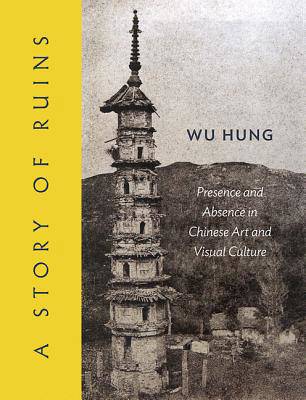
- Afhalen na 1 uur in een winkel met voorraad
- Gratis thuislevering in België vanaf € 30
- Ruim aanbod met 7 miljoen producten
- Afhalen na 1 uur in een winkel met voorraad
- Gratis thuislevering in België vanaf € 30
- Ruim aanbod met 7 miljoen producten
Zoeken
€ 144,45
+ 288 punten
Omschrijving
This richly illustrated book examines the changing significance of ruins as vehicles for cultural memory in Chinese art and visual culture from ancient times to the present. Leading scholar of Chinese art Wu Hung shows how the story of ruins in China is different from but connected to "ruin culture" in the West. He investigates indigenous Chinese concepts of ruins and their visual manifestations, as well as the complex historical interactions between China and the West since the eighteenth century.
Analyzing a broad variety of traditional and contemporary visual materials, including painting, architecture, photography, prints, and cinema, Wu also embraces a wide variety of subjects--from indigenous methods of recording damage and decay in ancient China, to realistic images of architectural ruins in the nineteenth and twentieth centuries, to the strong interest in urban ruins in contemporary China, as shown in the many artworks that depict demolished houses and decaying industrial sites. The result is an original interpretation of the development of Chinese art, as well as a unique contribution to global art history.Specificaties
Betrokkenen
- Auteur(s):
- Uitgeverij:
Inhoud
- Aantal bladzijden:
- 296
- Taal:
- Engels
Eigenschappen
- Productcode (EAN):
- 9780691155029
- Verschijningsdatum:
- 22/07/2012
- Uitvoering:
- Hardcover
- Formaat:
- Genaaid
- Afmetingen:
- 196 mm x 254 mm
- Gewicht:
- 1133 g

Alleen bij Standaard Boekhandel
+ 288 punten op je klantenkaart van Standaard Boekhandel
Beoordelingen
We publiceren alleen reviews die voldoen aan de voorwaarden voor reviews. Bekijk onze voorwaarden voor reviews.











